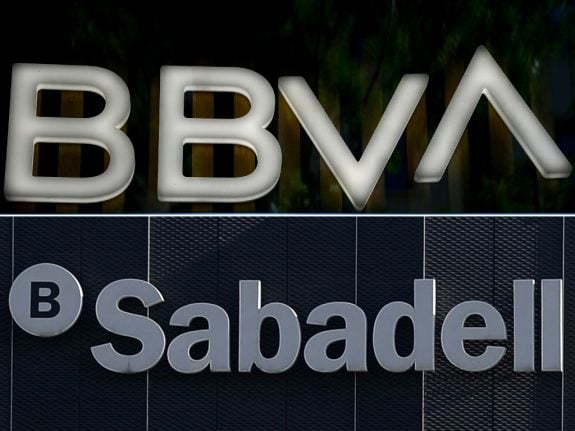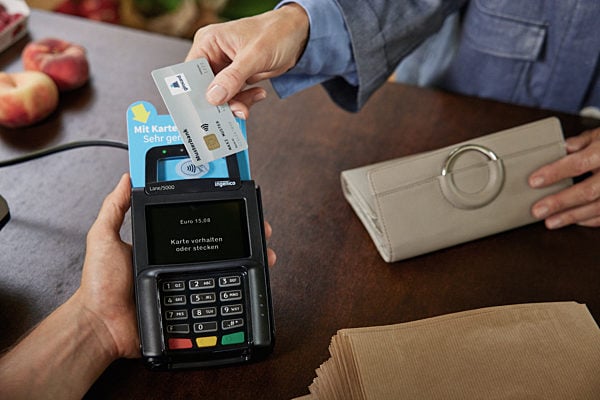The all-cash sale of its US unit, which is expected to close in mid-2021 pending regulatory approval, would transform PNC Financial Services into the fifth-largest retail bank by assets in the United States.
It will give Pittsburg-based PNC Financial Services a coast-to-coast presence in 29 of the 30 largest markets in the United States, according to PNC.
“This is a very positive transaction for all sides,” BBVA executive chairman Carlos Torres Vila said in a statement.
“The deal enhances our already strong financial position. We will have ample flexibility to profitably deploy capital in our markets, strengthening our long-term growth profile and supporting economies in the recovery phase.”
BBVA's unit in the US has $104 billion (88 billion euros) in assets and operates 637 branches in Alabama, Arizona, California, Colorado, Florida, New Mexico and Texas. It accounted for less than 10 percent of BBVA's net profit last year however.
BBVA announced in a separate statement after the Madrid stock market closed that it was in talks with Banco Sabadell, Spain's fifth-largest bank, over a possible tie-up that could create the country's largest lender.
“No decision has been taken in relation to this potential merger and there is no certainty that it will arrive,” the statement said.
Pandemic weighs
Banks across Europe are struggling to cope with record low interest rates and the economic downturn sparked by the coronavirus pandemic, which has increased pressure on them to boost liquidity and capital ratios by selling assets or through tie-ups.
In September, Spain's Caixabank and rival Bankia approved their merger into the country's biggest domestic lender in a move that transforms the landscape of Spanish banking.
The tie-up talks between BBVA and Banco Sabadell “probably began before the pandemic, but the pandemic accelerates the need to develop strategies to resize,” Santiago Carbo, an analyst at Spanish think tank Funcas told public television TVE.
Spanish banks needed to grow “to be more profitable and to maintain that profitability,” he added.
BBVA posted a net loss of 15 million euros ($12.7 million) for the first nine months of 2020 while Banco Sabadell saw net profit fall by 74 percent during the period to 203 million euros as it increased provisions for bad loans.
Last month BBVA warned that due to “worsening macroeconomic prospects” because of the pandemic, it would write down the value of its assets by 5.0 billion euros.
'Accelerate growth'
The sale price for BBVA's US unit represents almost half of BBVA's current market capitalisation, according to the lender.
The deal does not include BBVA's broker dealer and branch in New York, through which it will continue to provide corporate and investment banking services, as well as its representative office in San Francisco.
Founded in 1857, BBVA employs more than 100,000 people in about 30 countries. It has a strong presence outside of Spain in former Spanish colonies in Latin America as well as in Turkey.
BBVA posted a 2019 net profit of 3.5 billion euros, a 35 percent decline from the previous year, which was inflated by the sale of its subsidiary in Chile.
On Monday, BBVA shares gained 15.25 percent to 3.65 euros, outperforming the Ibex-35 index which closed up 2.6 percent.
READ MORE
- Spain has a new 'mega bank' as La Caixa and Bankia merger approved
- The hidden costs of opening a Spanish bank account



 Please whitelist us to continue reading.
Please whitelist us to continue reading.
Member comments